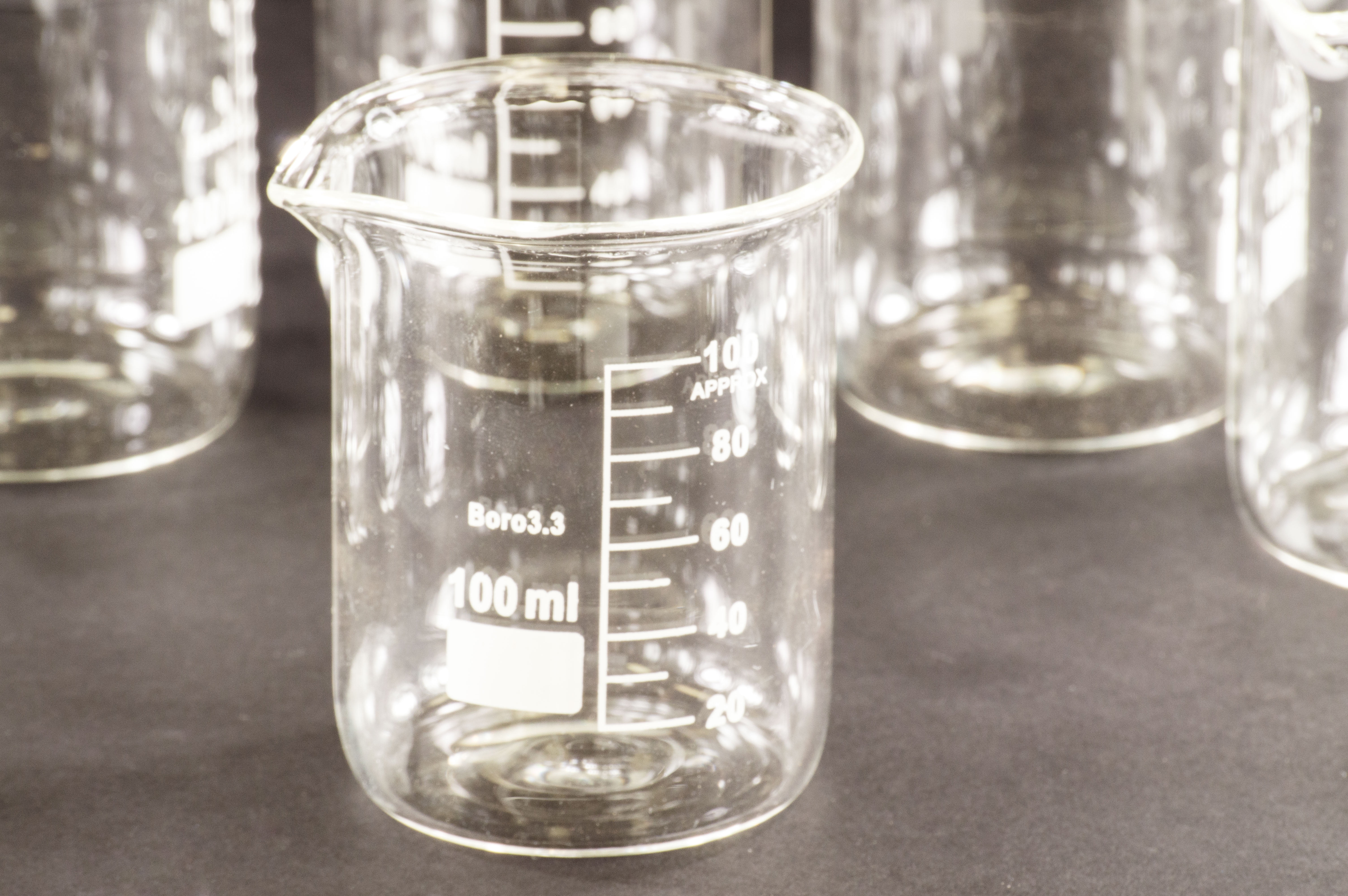
1, colour pls.Ĭalouste Gulbenkian Museum – Album, Lisbon, Calouste Gulbenkian Museum, 2001, p. Maria Queiroz Ribeiro, e Jessica Hallett – Os Vidros da Dinastia Mameluca no Museu Calouste Gulbenkian / Mamluk Glass in the Calouste Gulbenkian Museum, Lisbon, Calouste Gulbenkian Museum, 1999, p. Rona Goffen (ed.) – Museums discovered: The Calouste Gulbenkian Museum, Fort Lauderdale, Florida, 1995, p. Science Laboratory Beaker, microscope and reagents, technic, happy Birthday Vector Images png 968圆05px 254.37KB Laboratory glassware Beaker Chemistry. The Arts of Islam, exhibition catalogue, The Arts Council of Great Britain, London (Hayward Gallery), 1976, p. Ralph Pinder-Wilson – “Elegance and Ornament in Islamic Glass”, in: Apollo, vol.

The enamelled and gilded glass technique that made Syrian craftsmen famous is considered to be one of Islam’s main contributions to the art of glass.Įsin Atil – Art of the Arab World, exhibition catalogue, Washington, D.C.
#BEAKER IMAGE FREE#
This group of birds is depicted all around the vase in a completely free style, the different positioning clearly suggesting a hierarchy that is dominated by the phoenix. The lower part has images of a magpie and a ground fowl. The upper part shows a phoenix with coloured plumage and a vulture, both flying above a hoopoe, a bird that is traditionally associated to royalty in the Middle East, as well as a pair of geese, a parrot and a hawk attacking a duck. Its size suggests it was either used for ceremonial purposes or was a valuable gift, while the unusual decoration depicts mythical and real birds. In terms of shape, this is the largest known cylindrical piece with a flaring top made in enamelled and gilded glass from the Mamluk era (1250-1517). SOURCE: gulbenkian.pt/museu/en/agenda/the-rise-of-islamic-art/ All of these developments had deep and prolonged repercussions which we still feel today. In the Middle East and North Africa, independence movements arose, causing social upheaval. The United States gained influence in the West, while the Soviet Union dominated Eastern Europe. The war changed the political and social organisation of the world, resulting in a global redistribution of power.

Between his last purchases is an enamelled glass beaker covered in exotic birds, which has been interpreted as a visualisation of the Sufi poem The Conference of the Birds. In 1942, in the middle of the Second World War, Calouste Gulbenkian left Paris and settled in Lisbon, making the last acquisitions for his collection of ‘Islamic art’ in 1949.

Giraud-Badin sale, Sotheby’s, London, June 5-6th, 1940. 1918) Acquired by Calouste Gulbenkian, through M. Provenance: Georges Eumorfopoulos collection (bought in China c. Period: Egypt or Syria, Mamluk period, the first half of the 14th century Calouste Gulbenkian Museum, São Sebastião da Pedreira, Lisbon, Portugal


 0 kommentar(er)
0 kommentar(er)
